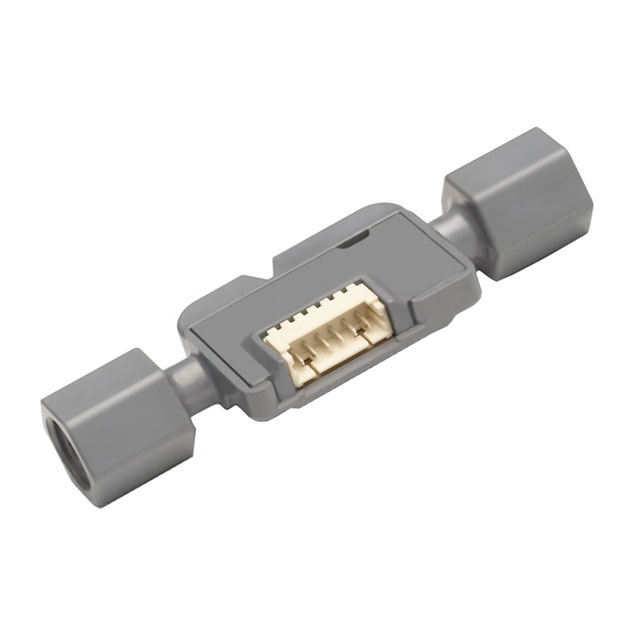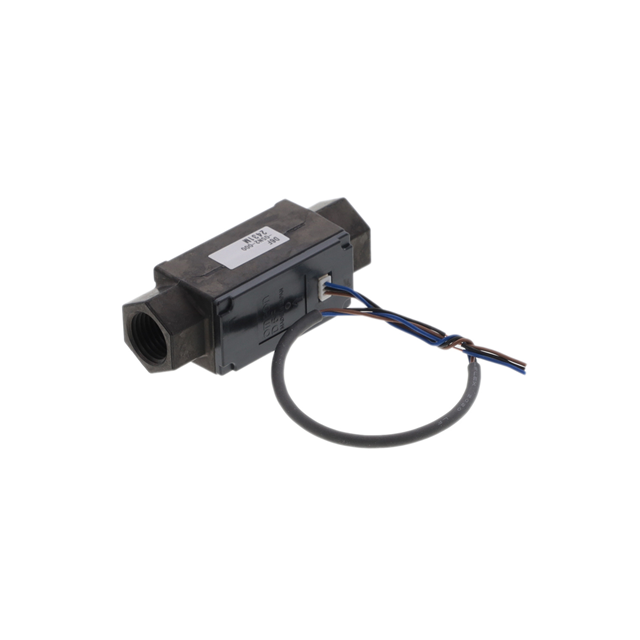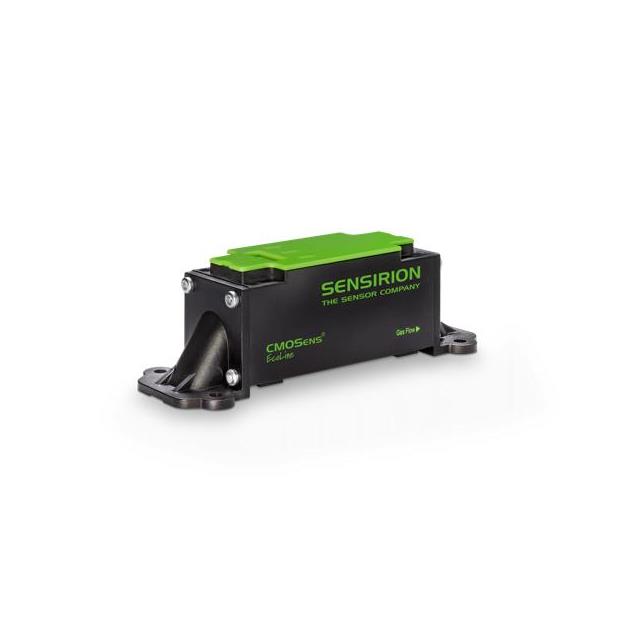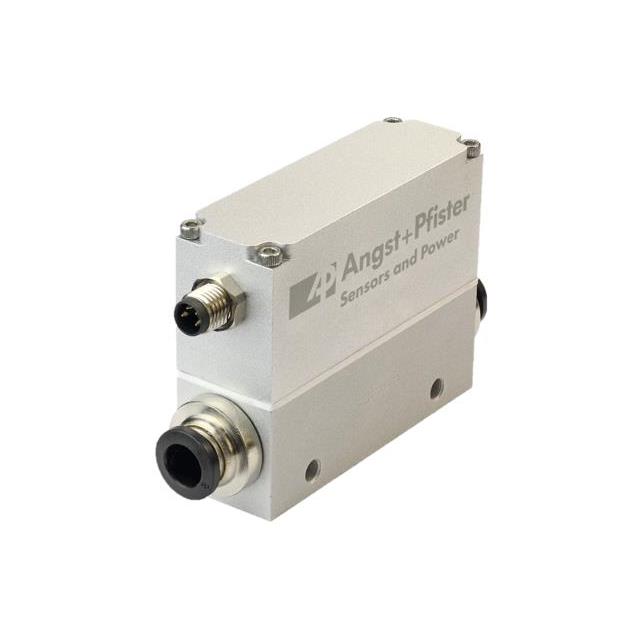

Introduction to Optical Sensor
Catalog
Types of Optical SensorsDiffuse Reflection SensorsDifferent Light Sources for Optical SensorsApplications of Optical SensorsFrequently Asked QuestionsAn optical sensor turns light rays into an electronic signal. The main job of an optical sensor is to measure the amount of light and then, depending on the type, convert it into a readable form for a measuring device. Optical sensors are great for contactless detection, counting, or positioning parts. They can be either internal or external. External sensors collect and send the needed amount of light, while internal sensors are usually used to measure small changes like bends or shifts in direction.
The things different optical sensors can measure include: Temperature, Velocity, Liquid level, Pressure, Displacement (position), Vibrations, Chemical species, Force radiation, pH value, Strain, Acoustic field, and Electric field.
Types of Optical Sensors

Optical Sensor
There are various types of optical sensors, and the most common ones are used in real-world applications as mentioned below.
- Photoconductive devices are used to measure resistance by turning a change in light into a change in resistance.
- The photovoltaic cell (or solar cell) takes incident light and converts it into an output voltage.
- Photodiodes, on the other hand, convert light into an output current.
- Phototransistors are a type of bipolar transistor where the base-collector junction is exposed to light, which gives the same behavior as a photodiode, but with internal amplification.
The basic principle behind optical sensors is the transmission and reception of light. The object to be detected either reflects or interrupts a light beam sent by an emitting diode. Depending on the device type, the interruption or reflection of the light beam is evaluated, making it possible to detect objects regardless of the material they're made from—whether wood, metal, plastic, or something else. Some advanced devices can even detect transparent objects, or those with varying colors or contrasts. Below are explanations of the different types of optical sensors.

Different Types of Optical Sensors
Through-Beam Sensors
This system has two separate parts: the transmitter and the receiver, which are placed facing each other. The transmitter sends out a light beam to the receiver. If something interrupts the light beam, the receiver picks up that change and interprets it as a switch signal. It doesn’t matter where exactly the interruption happens.

Through-Beam Sensors
Advantage: It’s possible to achieve large operating distances, and the recognition doesn’t depend on the surface structure, color, or reflectivity of the object.
To make sure the system works reliably, the object needs to be large enough to fully interrupt the light beam.
Retro-Reflective Sensors
In this setup, both the transmitter and receiver are housed together. The emitted light beam is reflected back to the receiver by a reflector. If the light beam is interrupted, a switching action is triggered. Again, where the interruption happens doesn’t matter.

Retro-Reflective Sensors
Advantage: Retro-reflective sensors allow for large operating distances with switching points that are consistently reproducible, and they require minimal mounting effort. They can accurately detect all objects that interrupt the light beam, regardless of the object's surface structure or color.
Diffuse Reflection Sensors
In these sensors, both the transmitter and receiver are housed together. The light is reflected off the object being detected.
Advantage: The intensity of the diffused light at the receiver is what triggers the switch. However, depending on the sensitivity setting, the rear part of the object usually reflects better than the front part, which can sometimes lead to incorrect switching.

Diffuse Reflection Sensors
Different Light Sources for Optical Sensors
There are many types of light sources. The sun and light from burning torch flames were among the first sources used in the study of optics. In fact, light from certain excited matter (like iodine, chlorine, and mercury ions) still serves as reference points in the optical spectrum. One of the key components in optical communication is the monochromatic light source. In optical communications, the light sources need to be monochromatic, compact, and long-lasting. Here are two different types of light sources.
LED (Light Emitting Diode)
When electrons recombine with holes at the junctions of n-doped and p-doped semiconductors, energy is released as light. This happens when an external voltage is applied, and the recombination process can either occur naturally or be stimulated by another photon. This makes it possible to couple the LED light with an optical device.

A LED is a p-n semiconductor device that emits light when a voltage is applied across its two terminals
LASER (Light Amplification by Stimulated Emission Radiation)
A laser is created when electrons in atoms (found in special glasses, crystals, or gases) absorb energy from an electrical current and become excited. These excited electrons jump from a lower-energy orbit to a higher-energy orbit around the atom's nucleus. When they return to their normal state, they emit photons (light particles). These photons are all at the same wavelength and are coherent, unlike regular visible light, which consists of many different wavelengths and is not coherent.

LASER (Light Amplification by Stimulated Emission Radiation)
Applications of Optical Sensors
Optical sensors are used in everything from computers to motion detectors. For an optical sensor to work well, it must be the right type for the application, so it stays sensitive to the property it's measuring. These sensors are important parts of many everyday devices, such as computers, copy machines (xerox), and lights that automatically turn on in the dark. Common uses also include alarm systems, synchros for camera flashes, and systems that detect the presence of objects.
Ambient Light Sensors
We often see these sensors in our mobile phones. They help extend battery life and make displays easier to read by adjusting them to suit the surrounding light conditions.

Ambient Light Sensors
Biomedical Applications
Optical sensors have strong applications in the biomedical field. Some examples include breath analysis using a tunable diode laser and optical heart-rate monitors. An optical heart-rate monitor works by shining light through the skin with an LED. The optical sensor then examines the light that reflects back. Since blood absorbs more light, any fluctuations in the light level can be used to calculate the heart rate. This process is called photoplethysmography.

Biomedical Applications
Optical Sensor-Based Liquid Level Indicator
An optical sensor-based liquid level indicator has two main parts: an infrared LED paired with a light transistor, and a transparent prism tip at the front. The LED sends out infrared light. When the sensor tip is surrounded by air, the light bounces back within the tip before returning to the transistor. However, when the sensor is submerged in liquid, the light spreads out, and less light returns to the transistor. The amount of reflected light affects the output, allowing for point-level sensing.

Optical Level Sensor
Got the basics of Optical Sensors?
We hope the information above helps clarify the basic concept of optical sensors, along with some related images and real-world applications.
Frequently Asked Questions
What are the 2 different light sources used with fiber optics?
Currently, fiber optic technologies use one of three light sources: laser, LED, or VCSEL.
What are the various light sources used in optical projectors?
Traditionally, UHE (Ultra High Efficiency) lamps were the most common light source in projectors. But as projectors evolved, LED and laser-based projectors were quickly developed to meet growing demand.
What are the light source materials in optical fiber communication?
In optical fiber communication, the most common light sources are semiconductor-based, like Light Emitting Diodes (LEDs) and Laser Diodes. These sources have several advantages over other types, making them the preferred choice for fiber optic systems.
What are the different types of sources available for optical fiber?
There are two main types of optical sources used in optical communication: Semiconductor Light Emitting Diodes (LEDs) and LASERs (Light Amplification by Stimulated Emission of Radiation). LASERs are further categorized into Multi-Mode Lasers and Single-Mode Lasers.
What are the two types of light sources?
There are many sources of light, but they can generally be divided into two categories: natural sources and artificial sources.
What is the light source in an optical microscope?
For modern microscopes, the most common light source is an incandescent tungsten-halogen bulb. It’s placed in a reflective housing that directs light through the collector lens and into the substage condenser. The lamp voltage is typically controlled by a variable rheostat integrated into the microscope’s stand.
Subscribe to JMBom Electronics !













